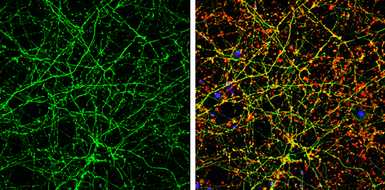Calmodulin antibody
Cat. No. GTX101767
Cat. No. GTX101767
-
HostRabbit
-
ClonalityPolyclonal
-
IsotypeIgG
-
ApplicationsWB ICC/IF
-
ReactivityMouse, Rat

